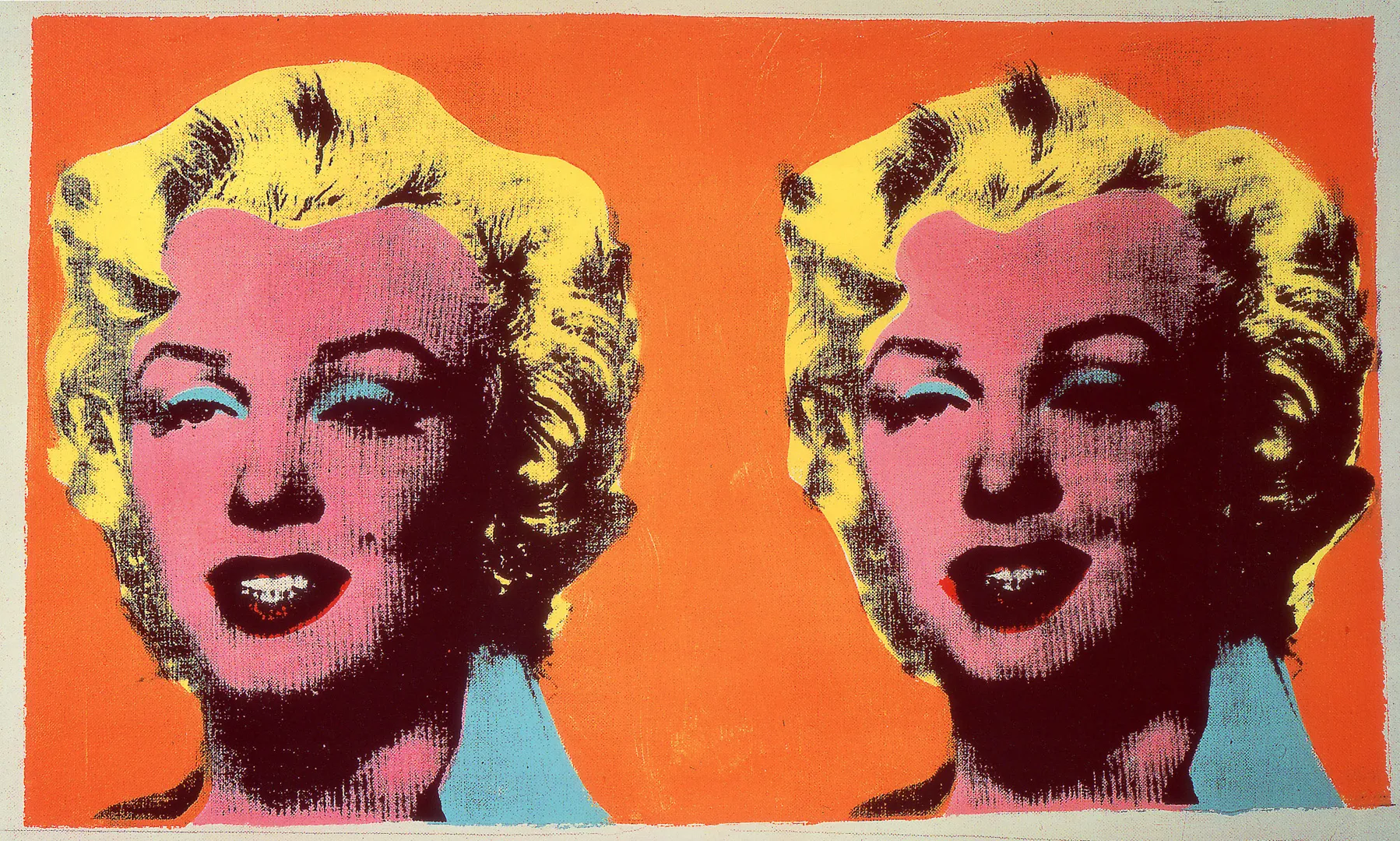
Two Marilyns
About This Artwork
Marilyn Monroe died in the early hours of August 5, 1962. A few weeks later, Andy Warhol began silkscreening Monroe’s face onto canvases. Using a portrait of the celebrated star taken from a publicity still, Warhol cropped tight around the edges of Monroe’s face and hair with a grease pencil. Warhol had only learned how to silkscreen a few months earlier, but already he was able to achieve his desired effect with the medium. Two Marilyns captures the tragic headline of Monroe’s death as if reporting the news. The silkscreened image deteriorates with each printing, acting as a physical metaphor for the waning of fame and the fading of memory. Warhol’s diptych of Monroe is of an icon losing her essence, becoming distorted by time and saturated retelling. The Two Marilyns that you see in front of you is the twenty-seventh version Warhol completed.
![Andy Warhol - Where is your Rupture? [1], 1961, water-based paint on cotton](/sites/default/files/styles/artis_bio_page-300px_scale/public/art/warhol-where_is_your_rupture.jpg?itok=9xQvoHED)
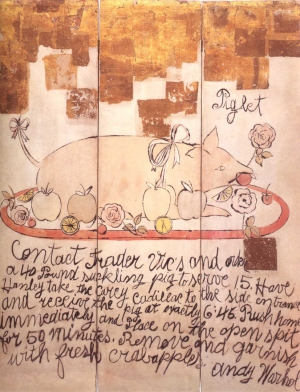
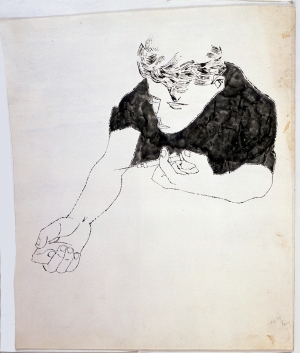
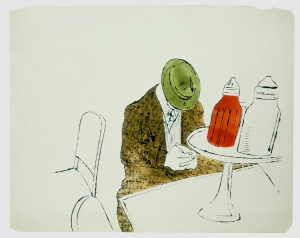
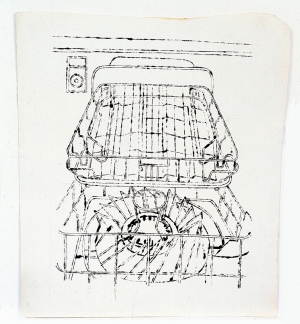
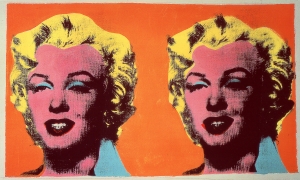
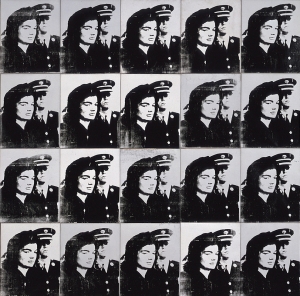
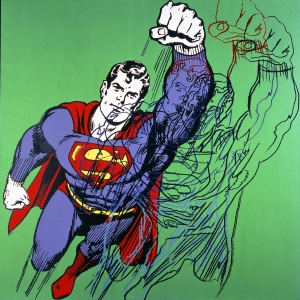
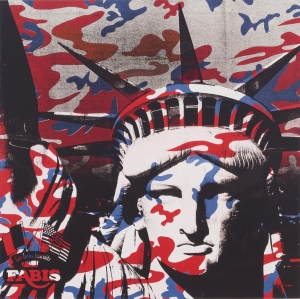
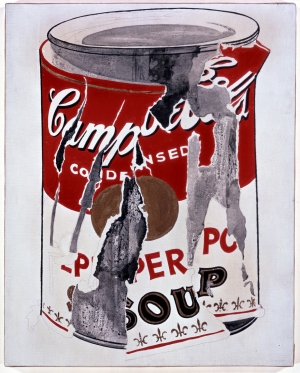
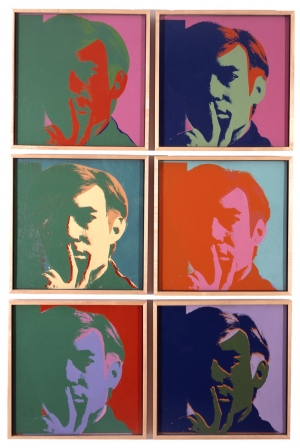
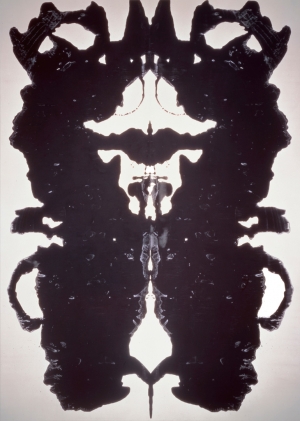
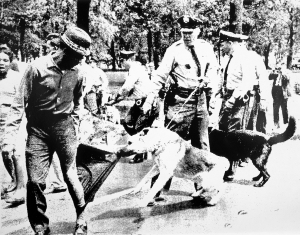
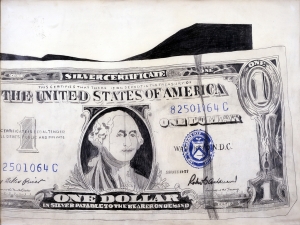
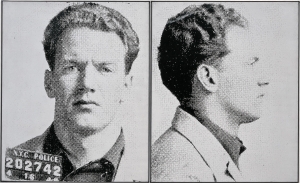
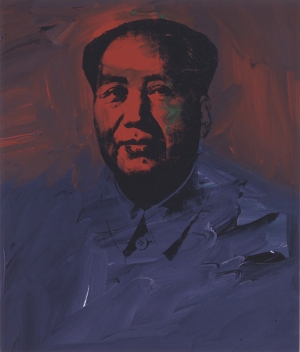
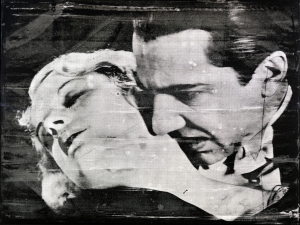
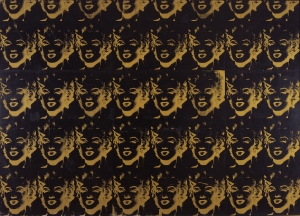
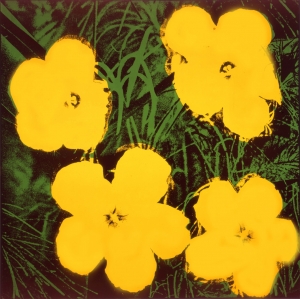
![Andy Warhol - Single Elvis [Ferus Type], 1963, silkscreen ink and spray paint on linen](/sites/default/files/styles/artis_bio_page-300px_scale/public/art/warhol_elvis.jpg?itok=loWGx1Un)
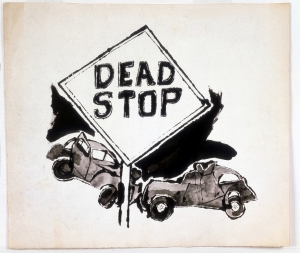
![Andy Warhol - Dance Diagram [3] ["The Lindy Tuck-In Turn-Man"], 1962, casein on linen](/sites/default/files/styles/artis_bio_page-300px_scale/public/art/warhol_dance_diagram.jpg?itok=nlGZw6XT)

![Andy Warhol - Campbell's Soup Can (Clam Chowder - Manhattan Style) [Ferus Type], 1962, casein and pencil on linen](/sites/default/files/styles/artis_bio_page-300px_scale/public/art/warhol_cambells_soup_can_clam_chowder.jpg?itok=DMYhAx-X)
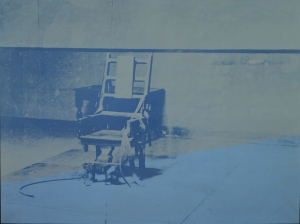
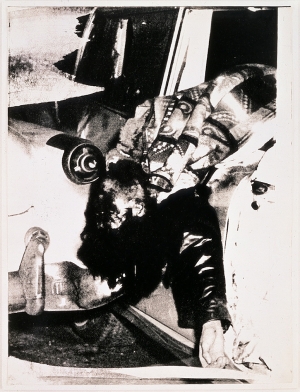
![Andy Warhol - Liz [Early Colored Liz], 1963, synthetic polymer and silkscreen ink on canvas](/sites/default/files/styles/artis_bio_page-300px_scale/public/media-files/Warhol_Liz_2.jpg?itok=br0llMux)